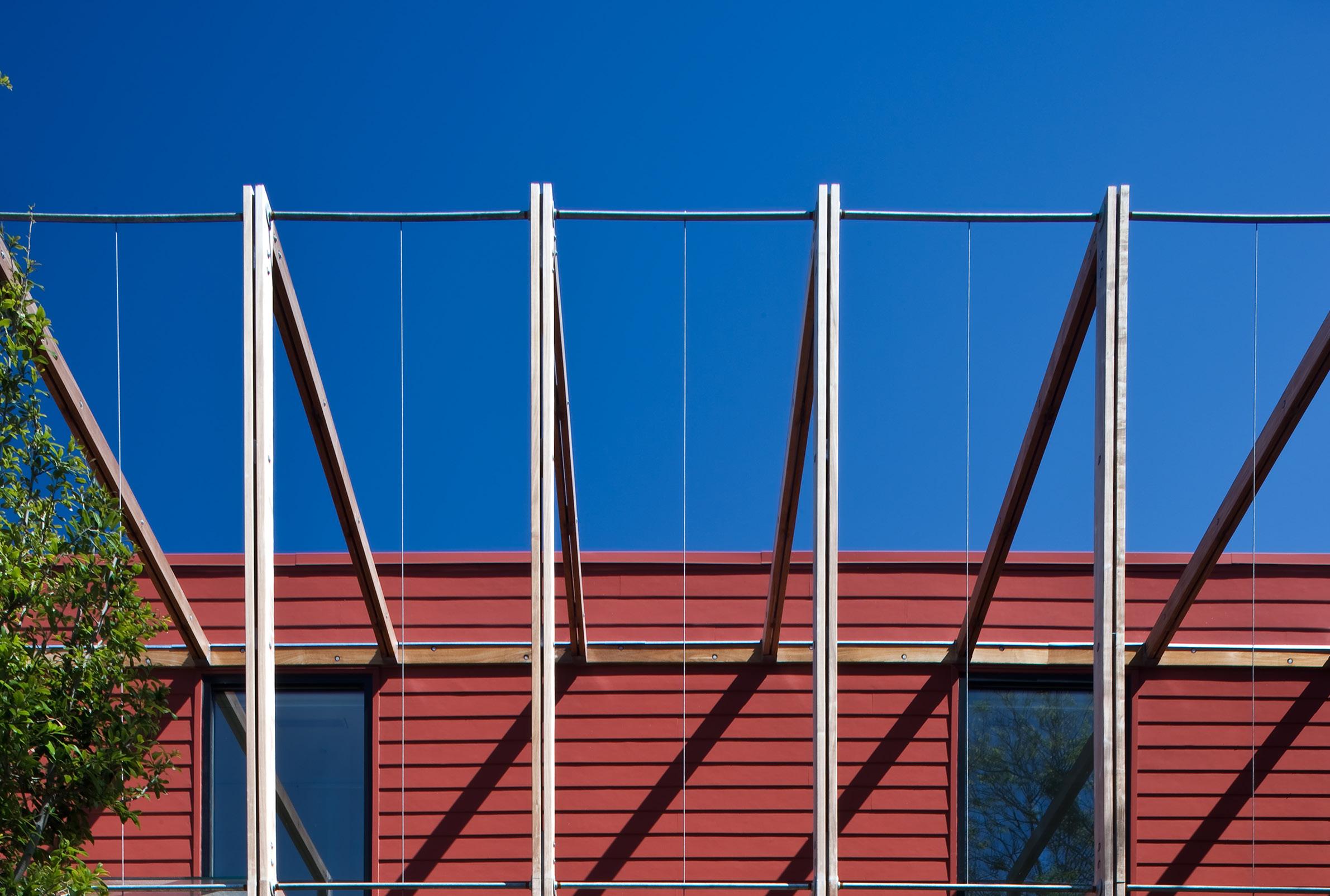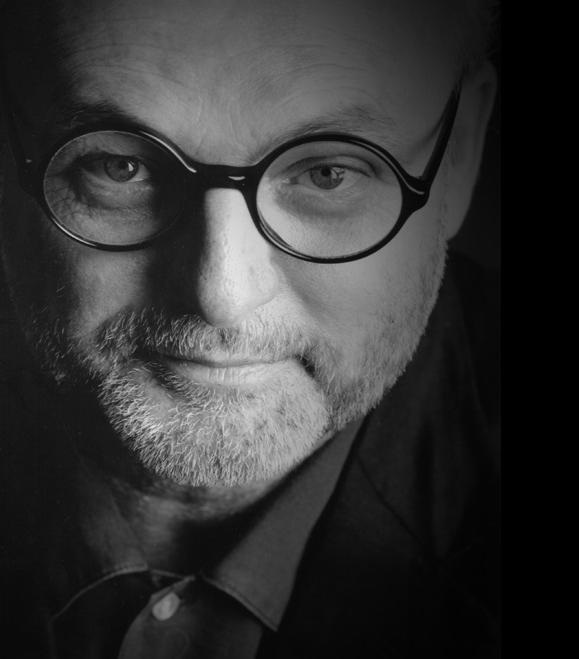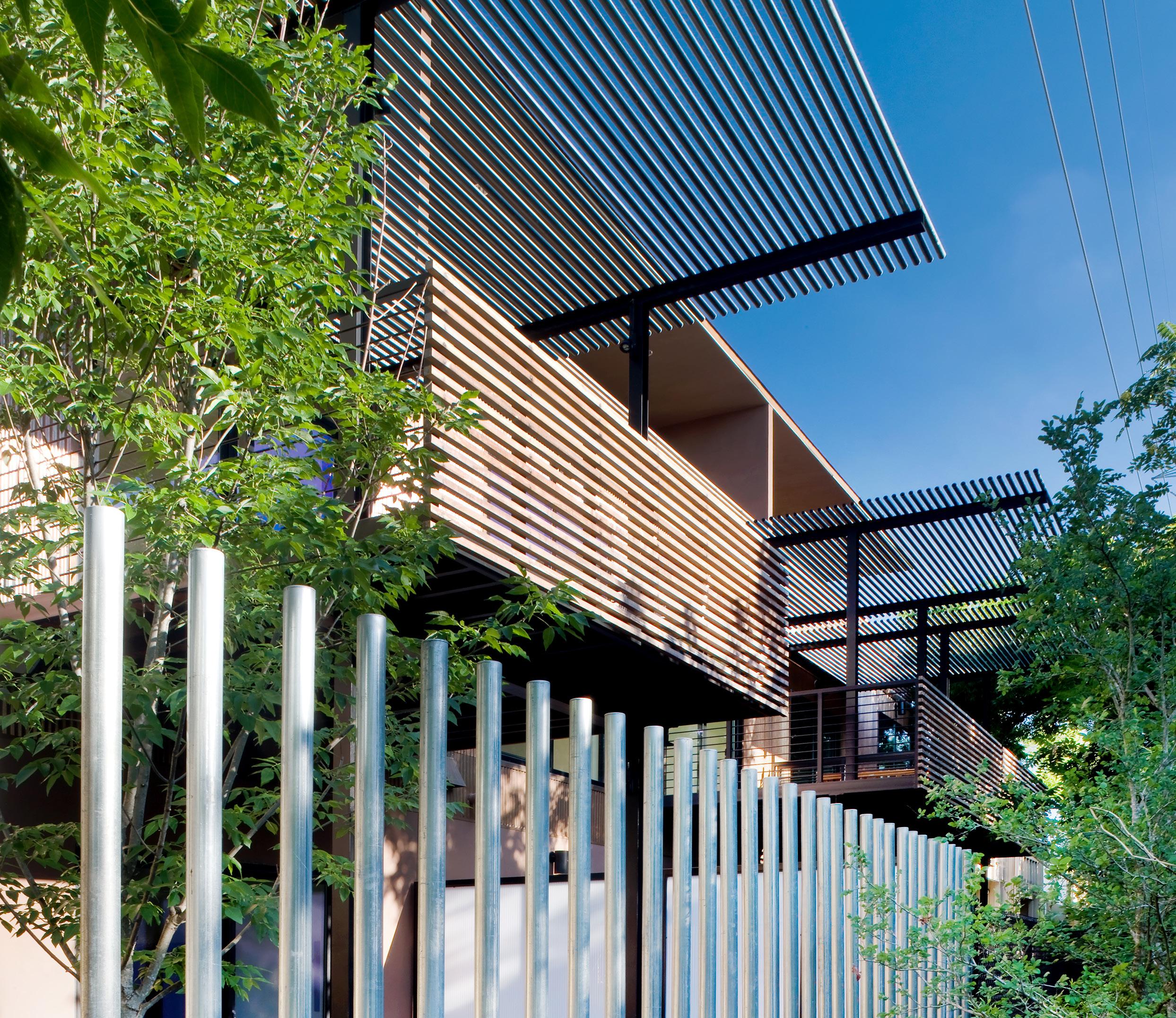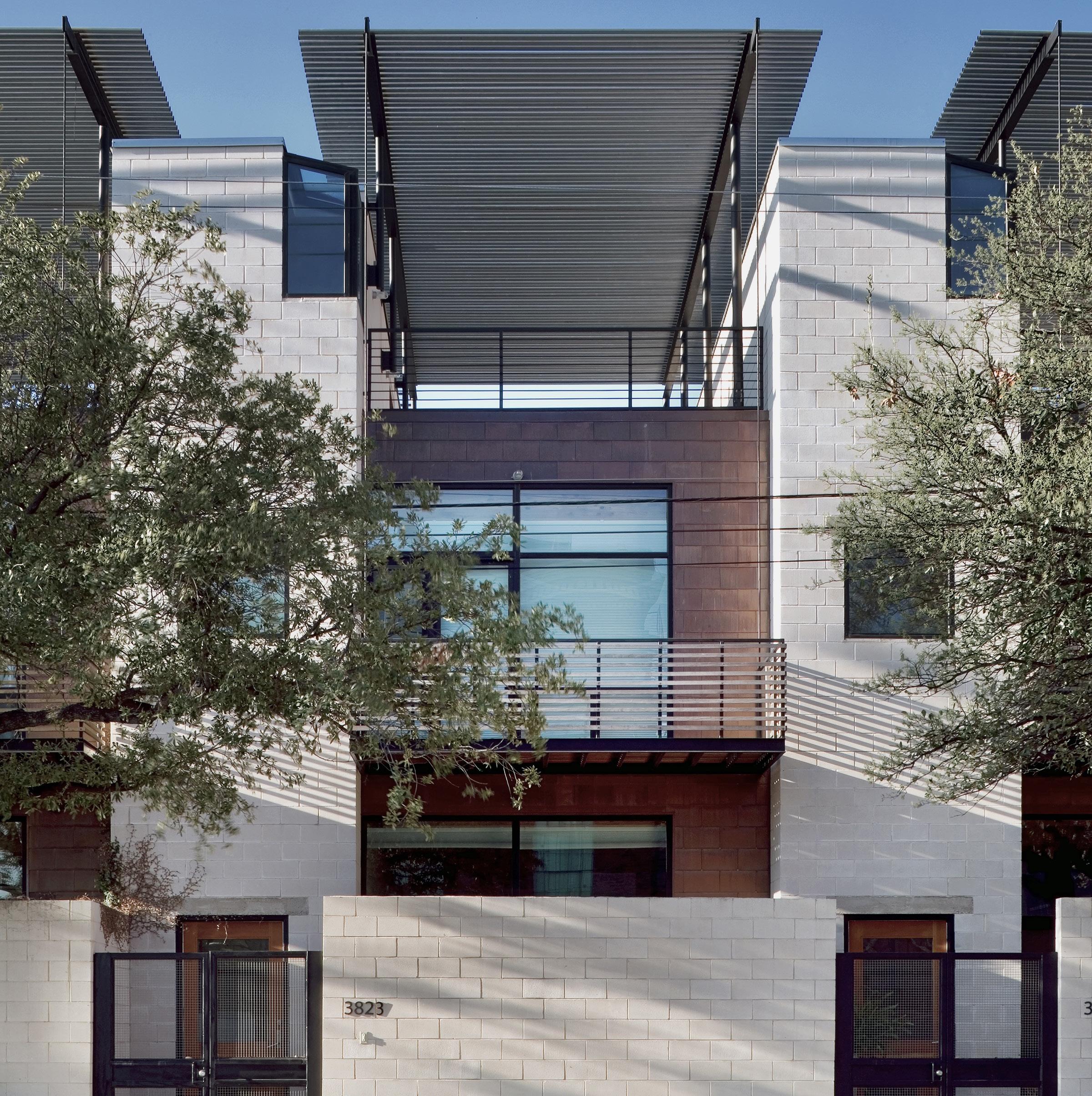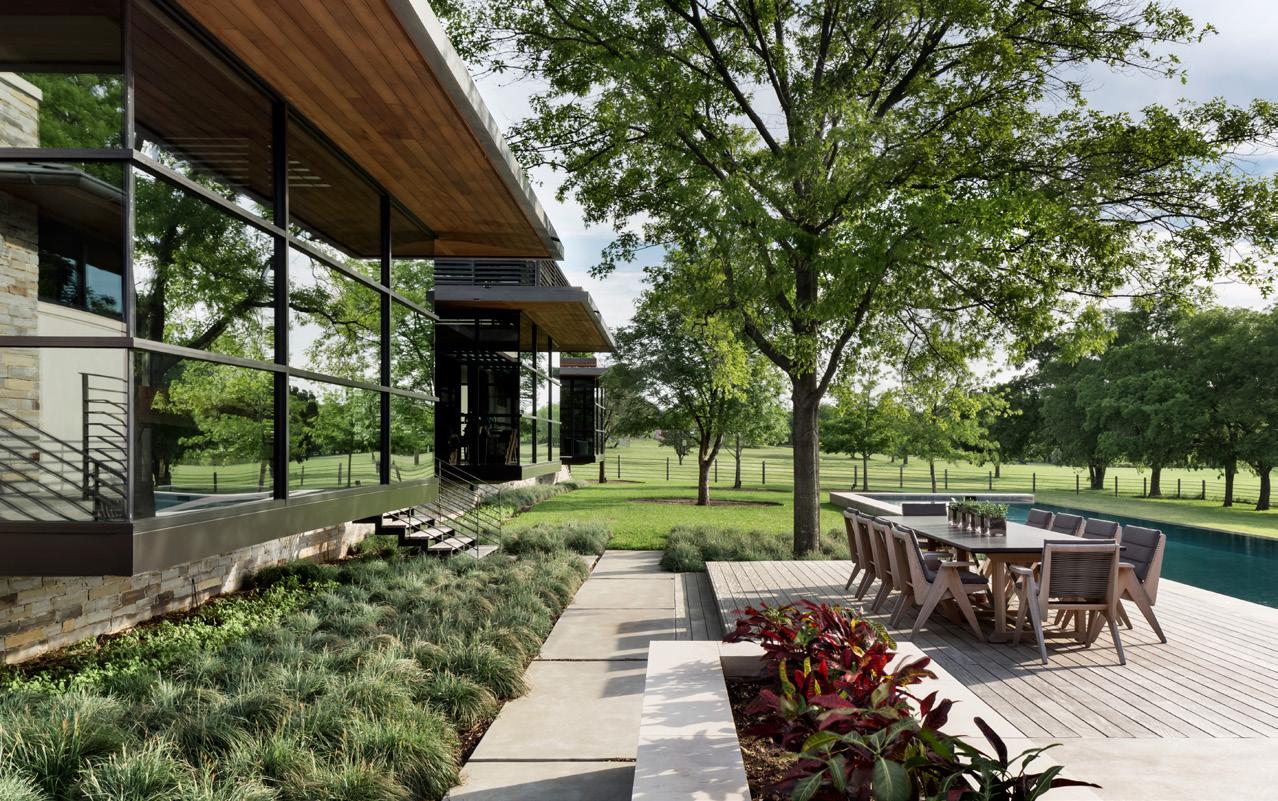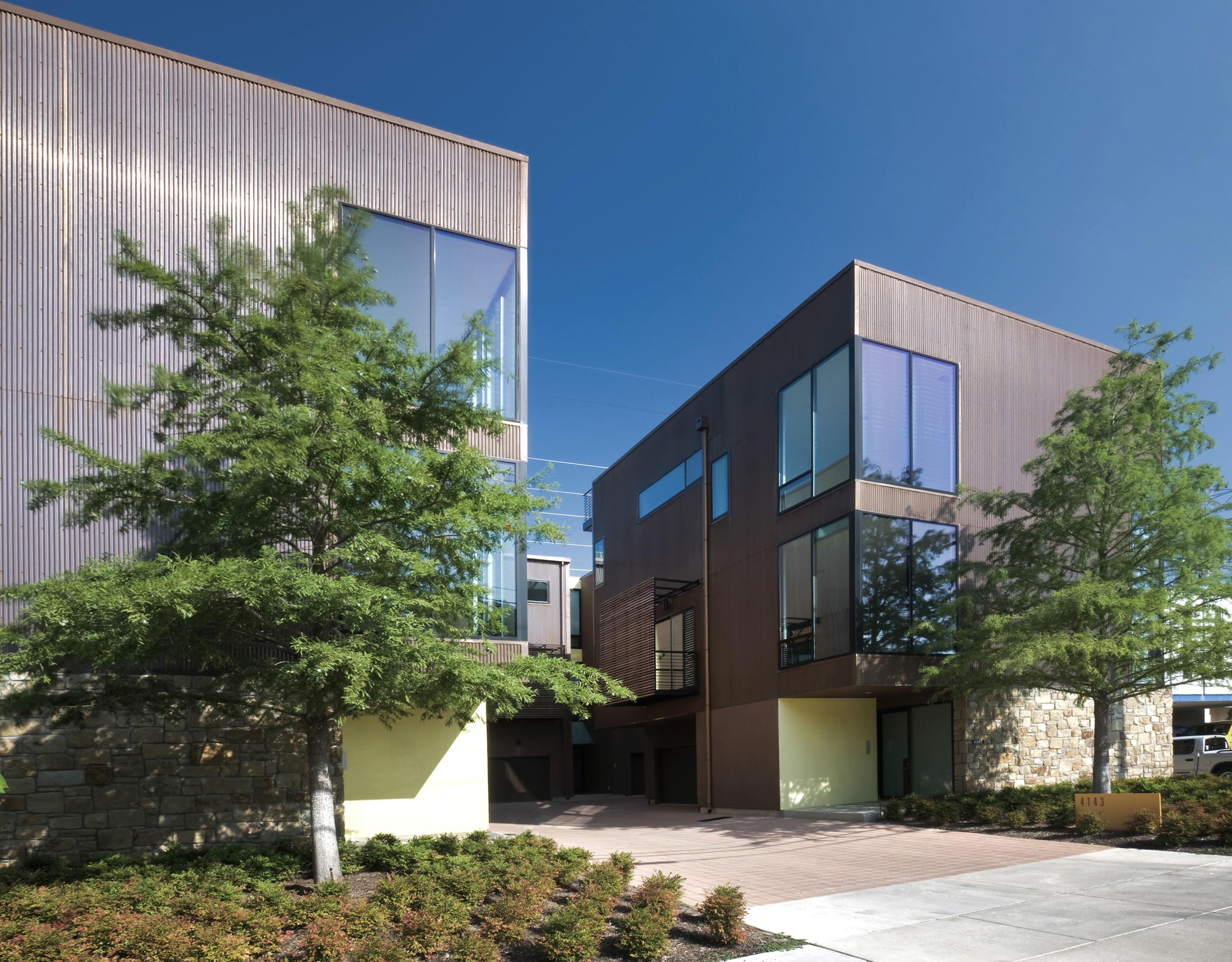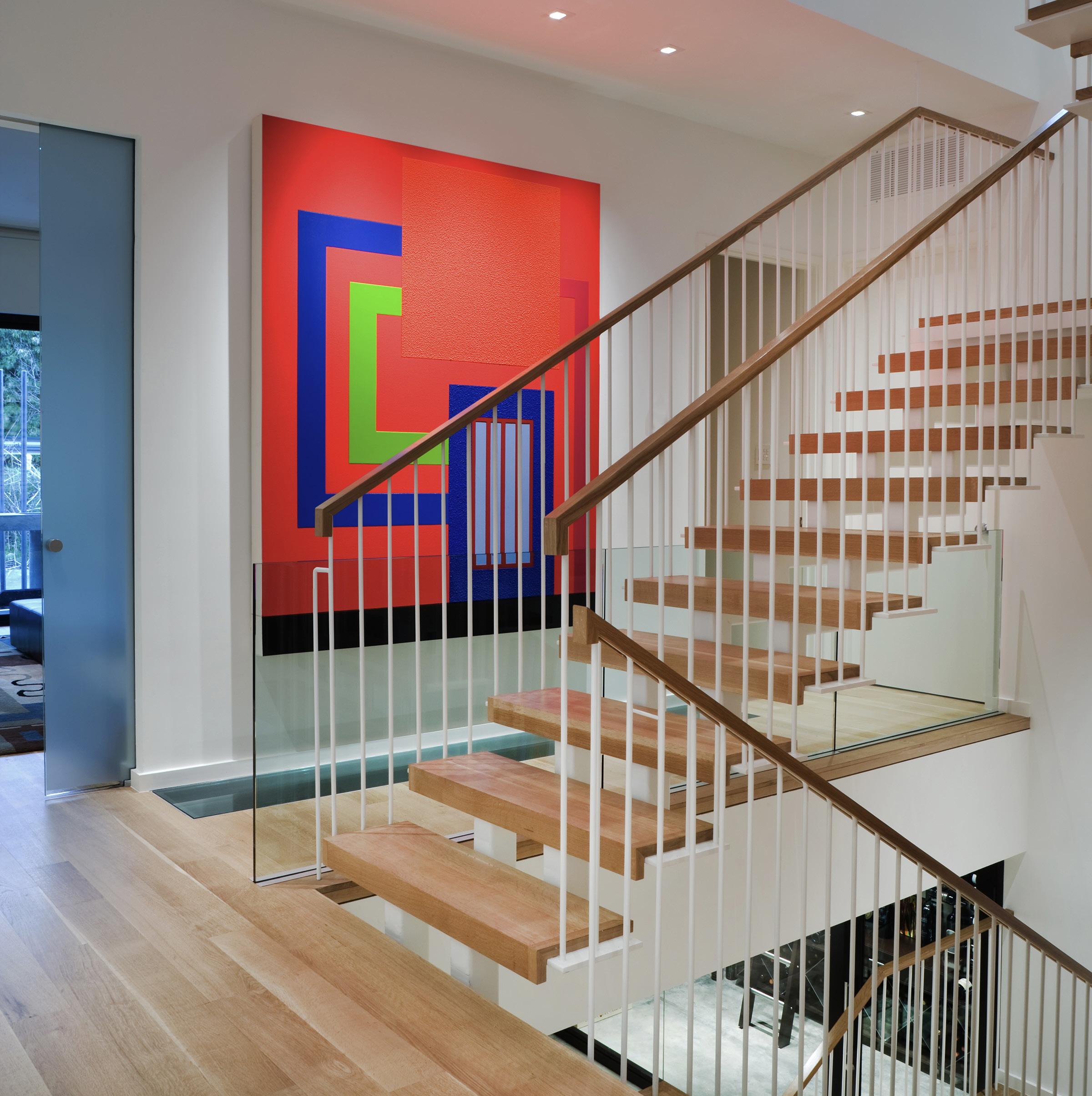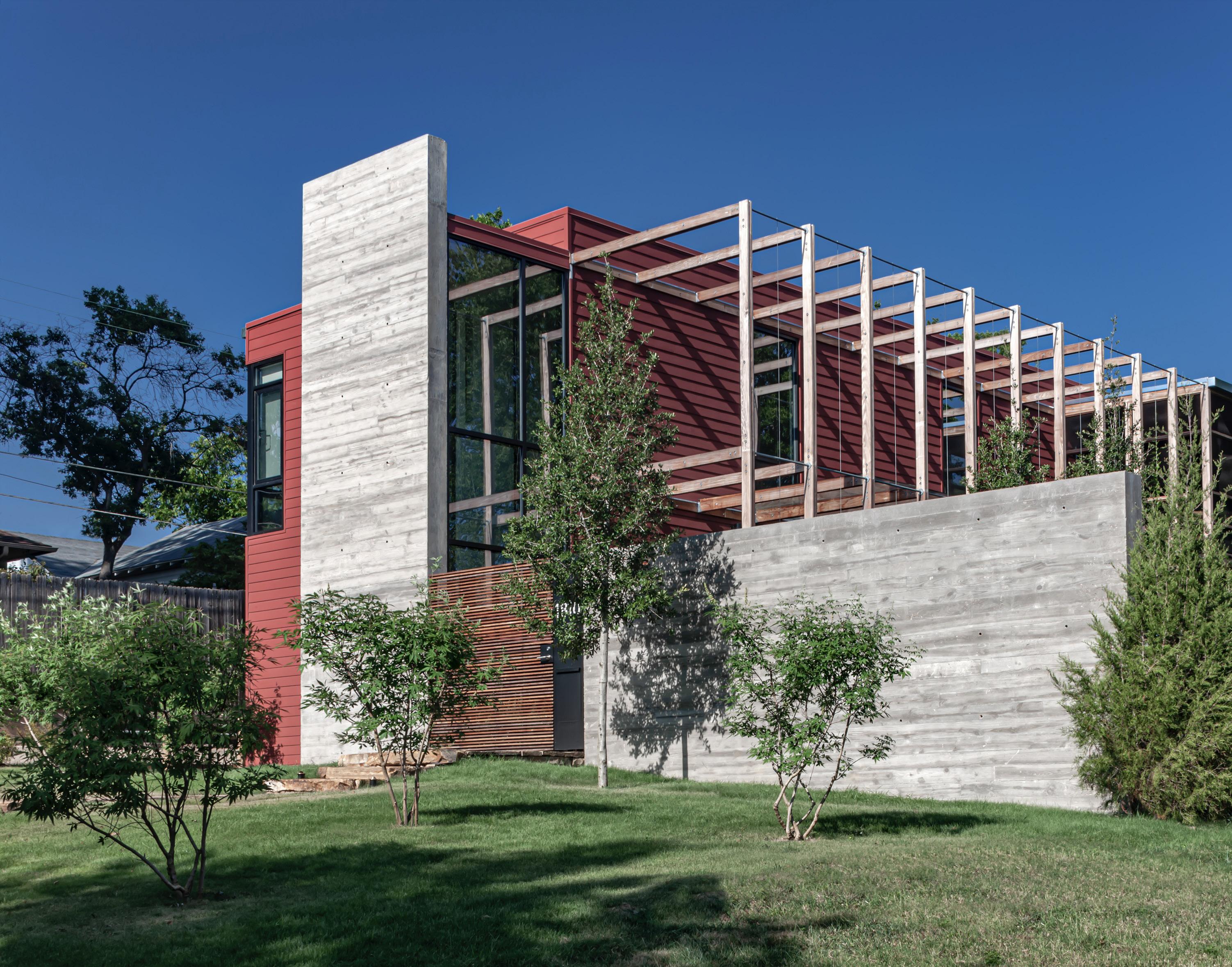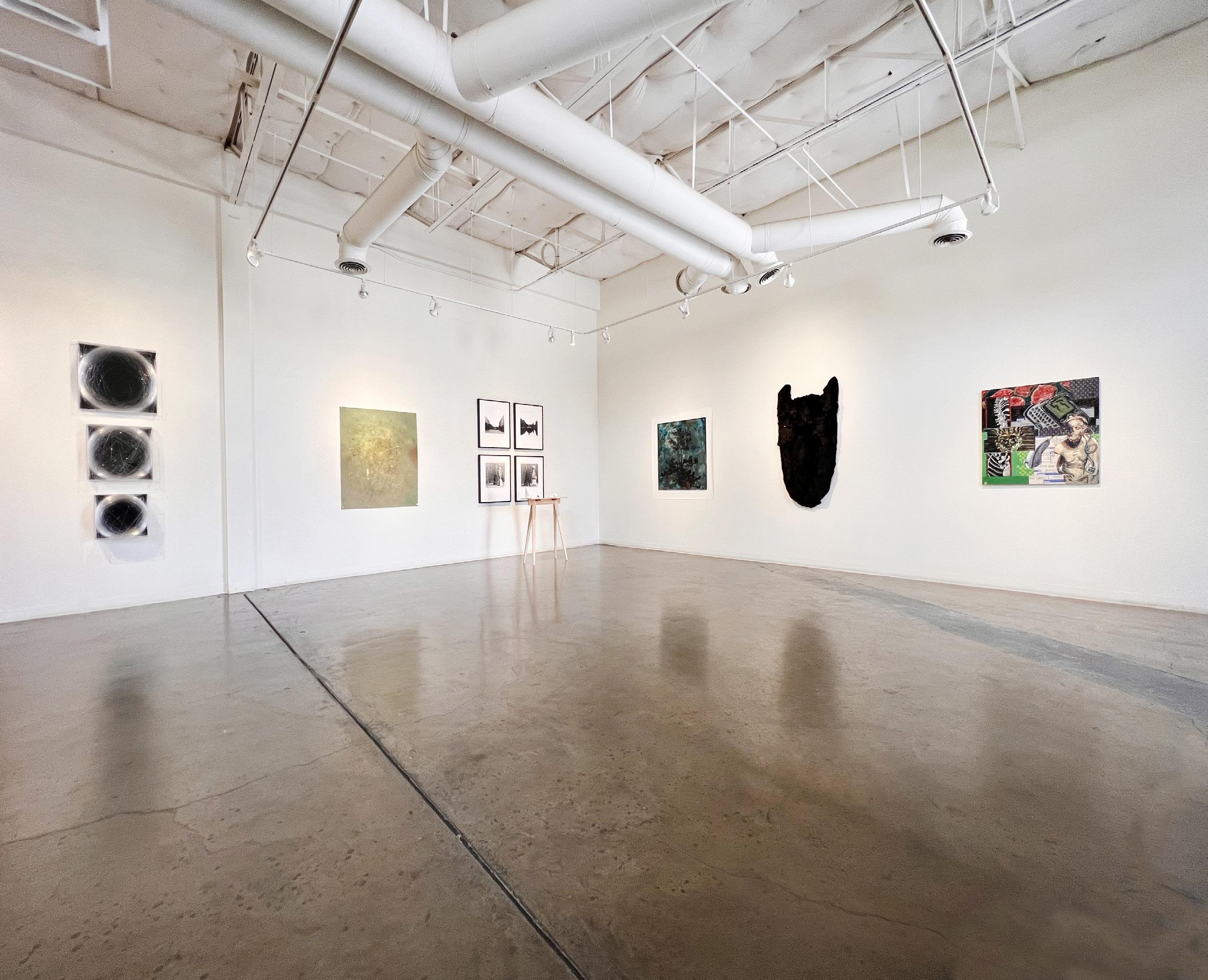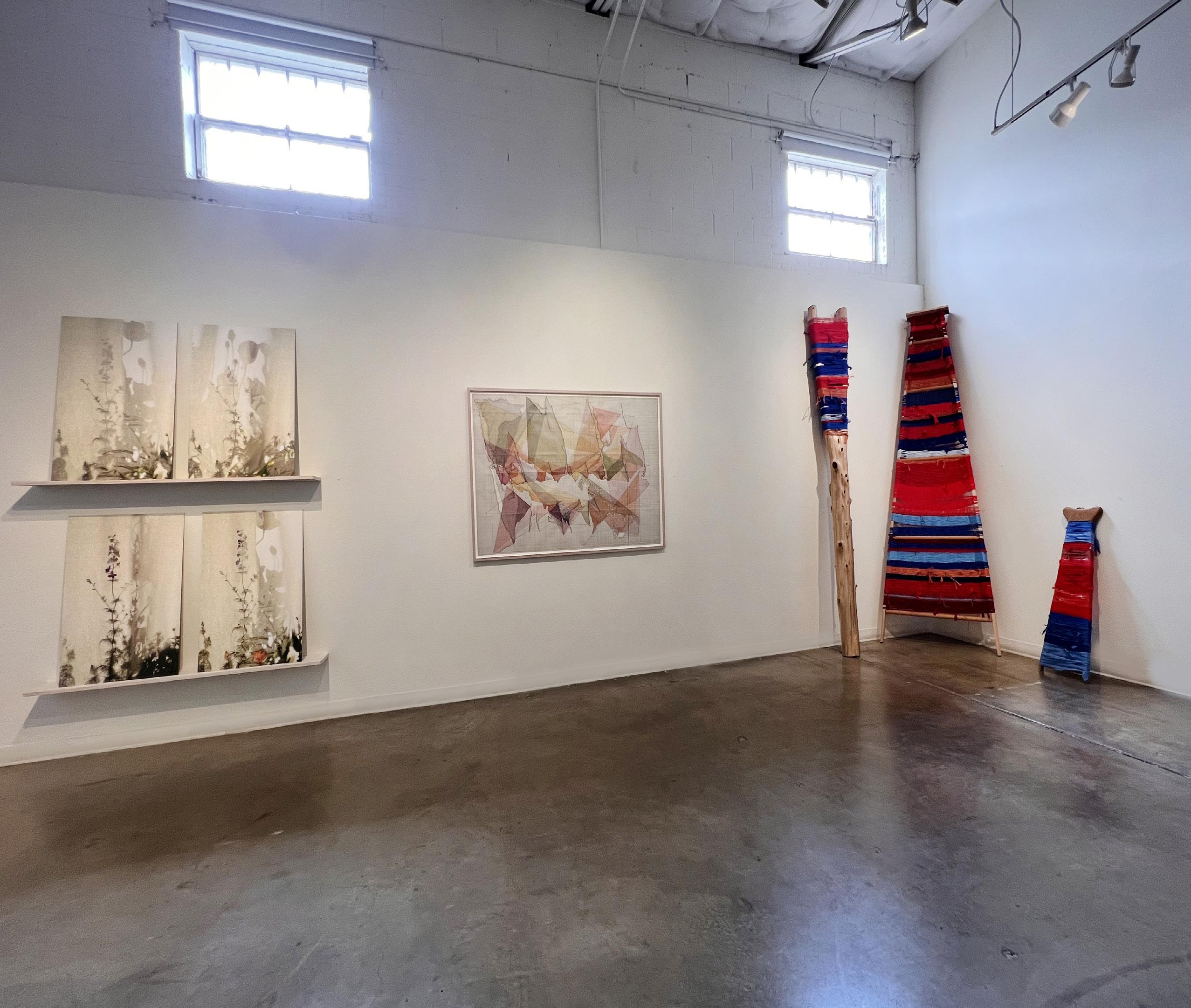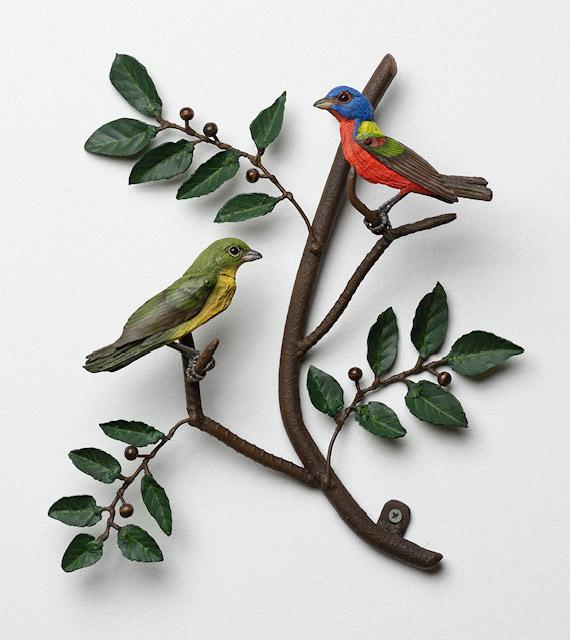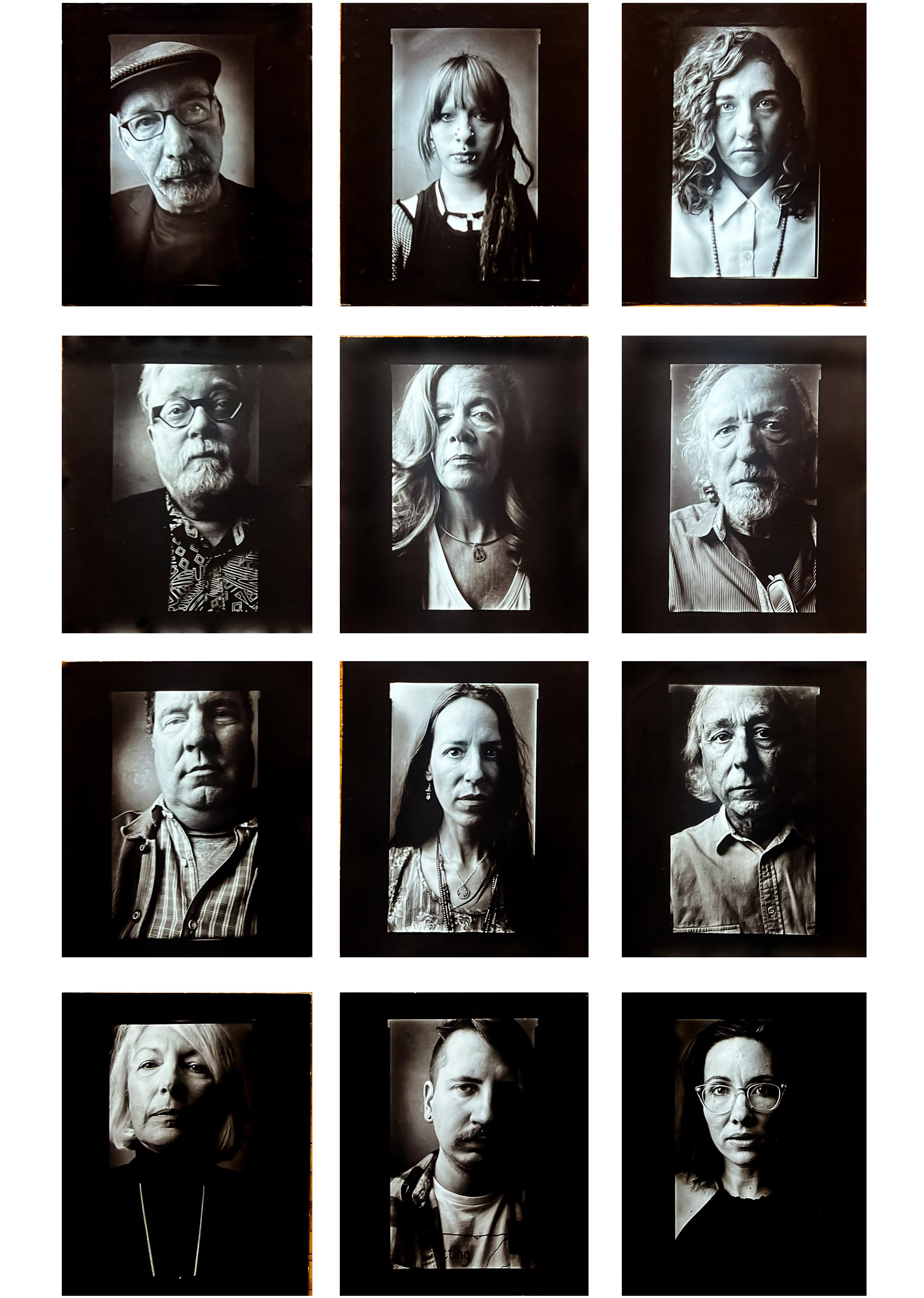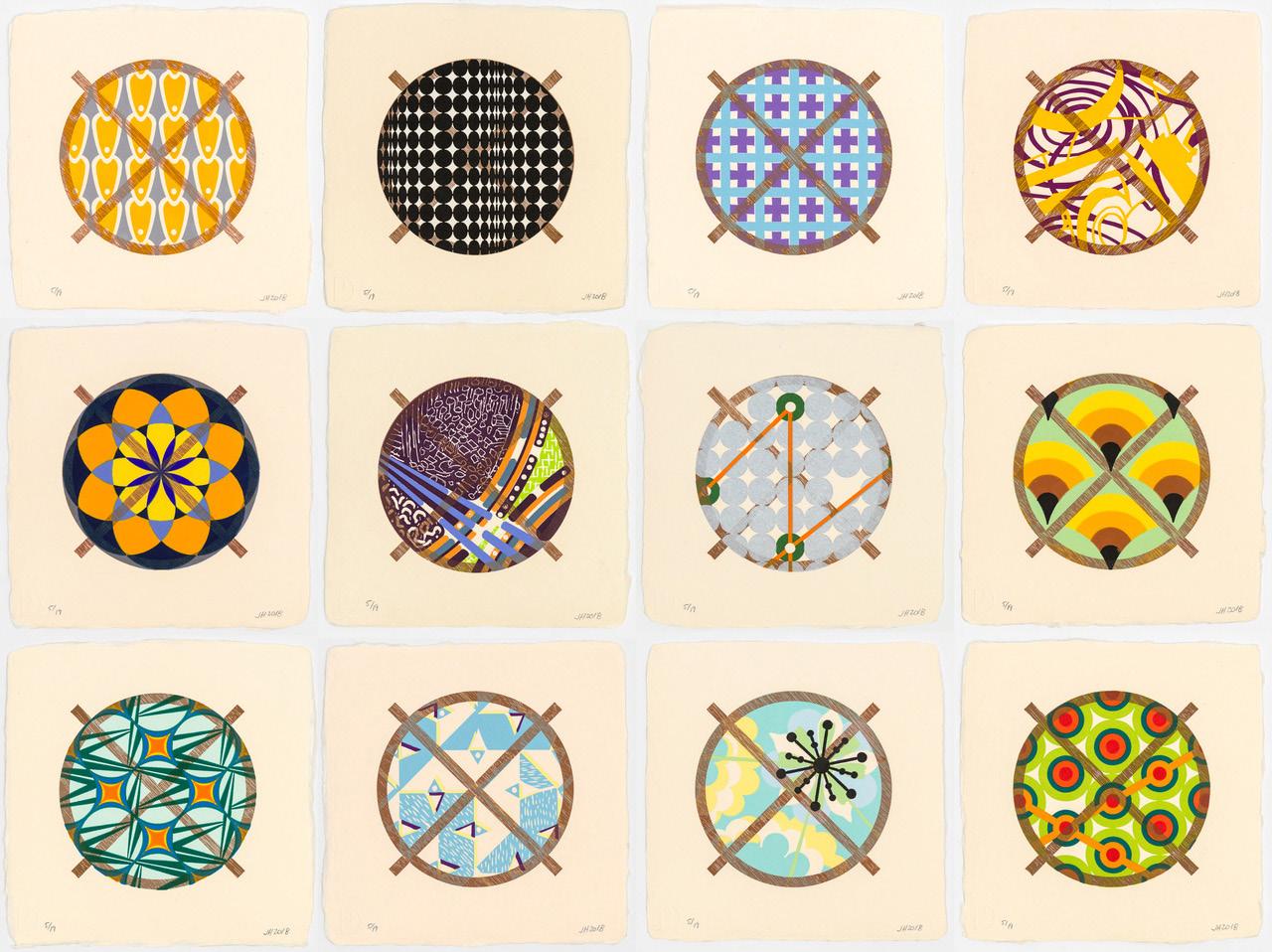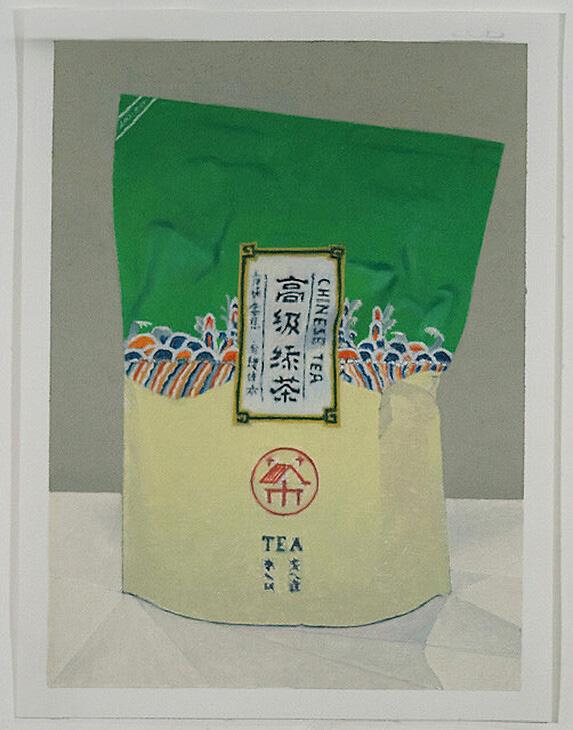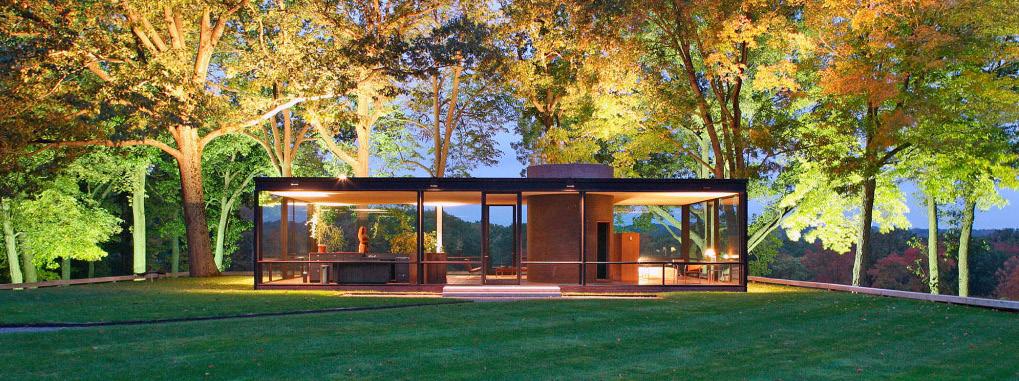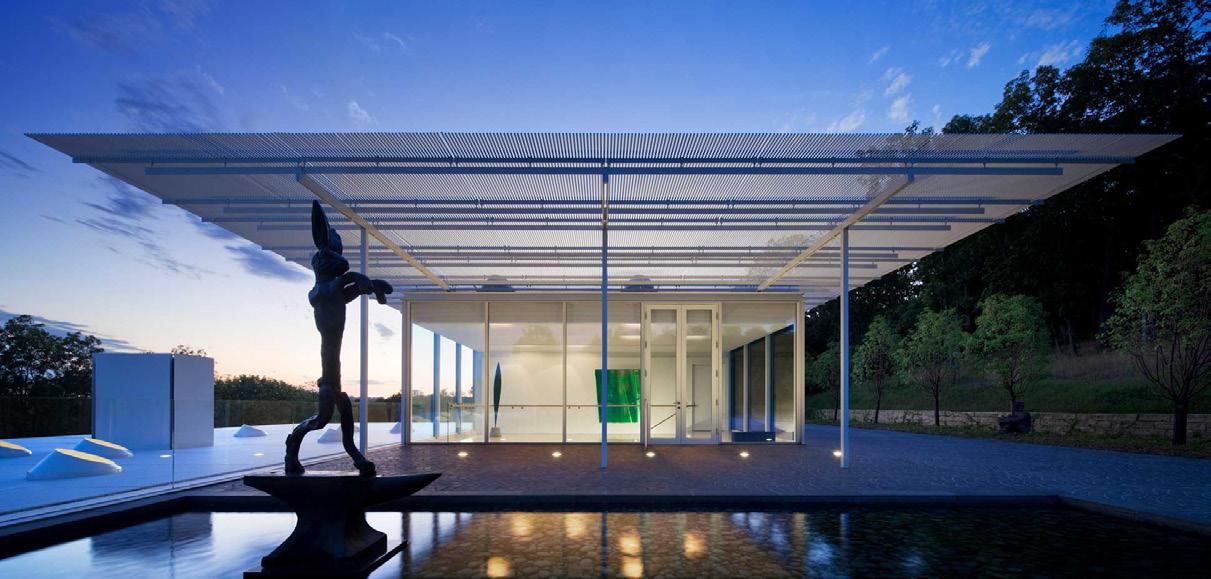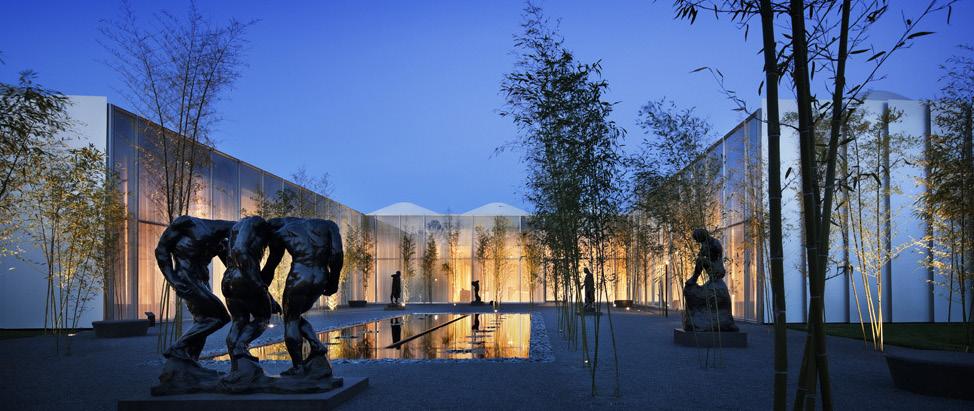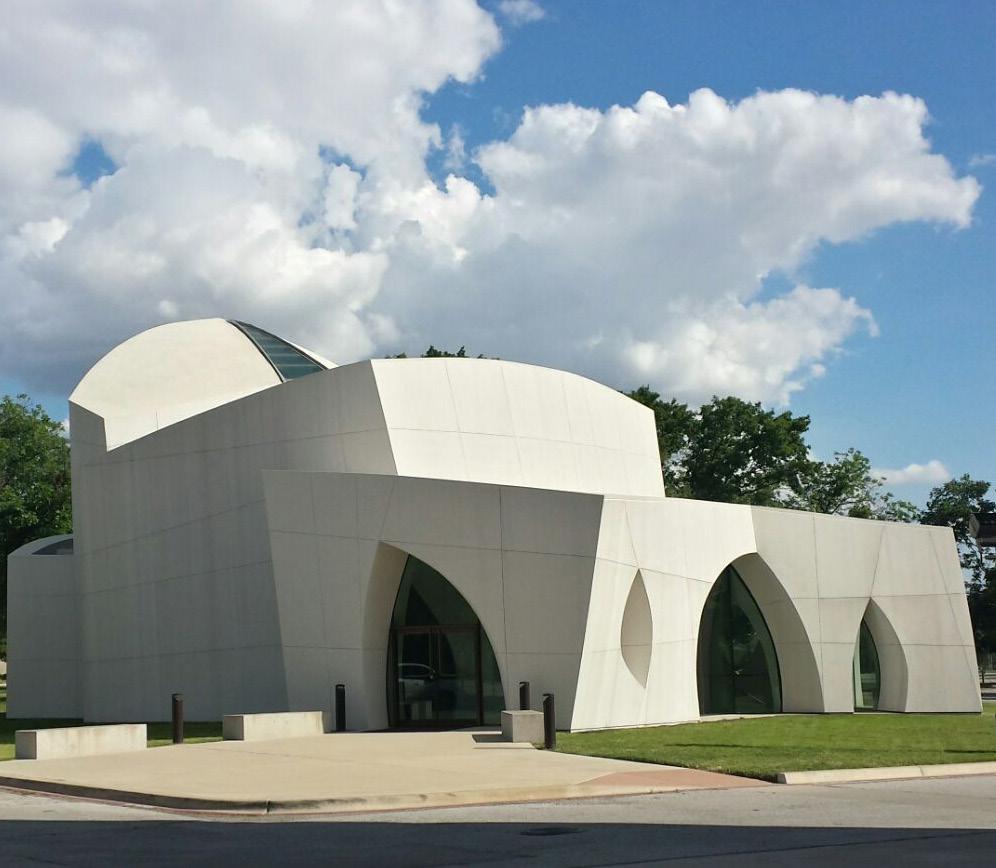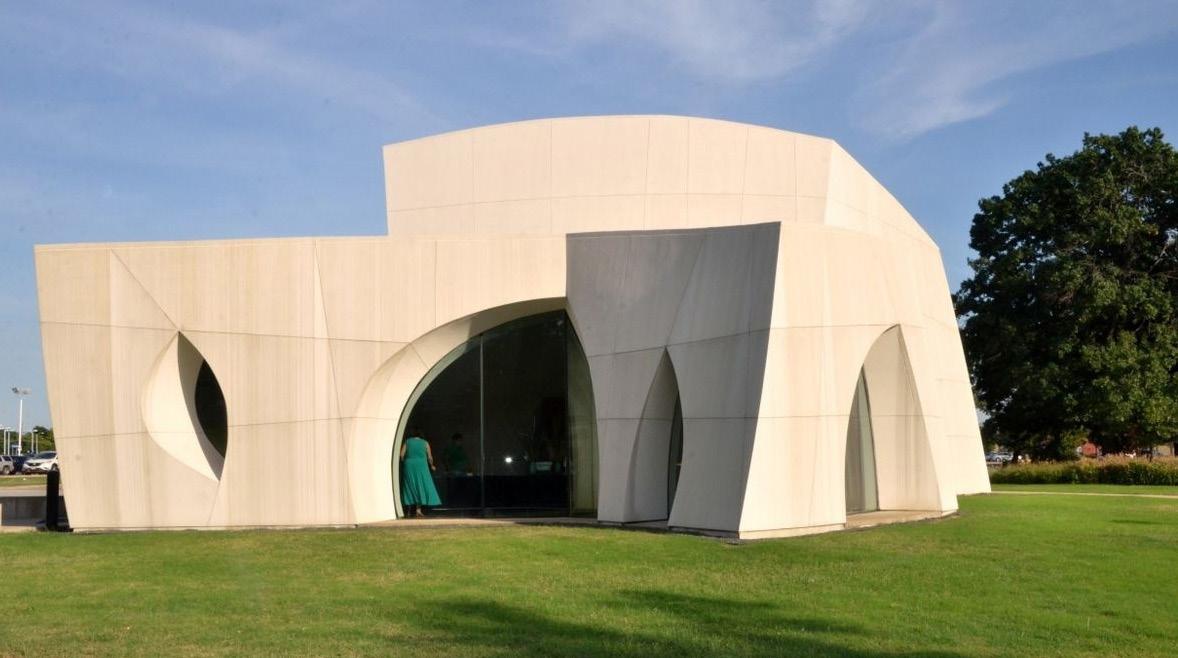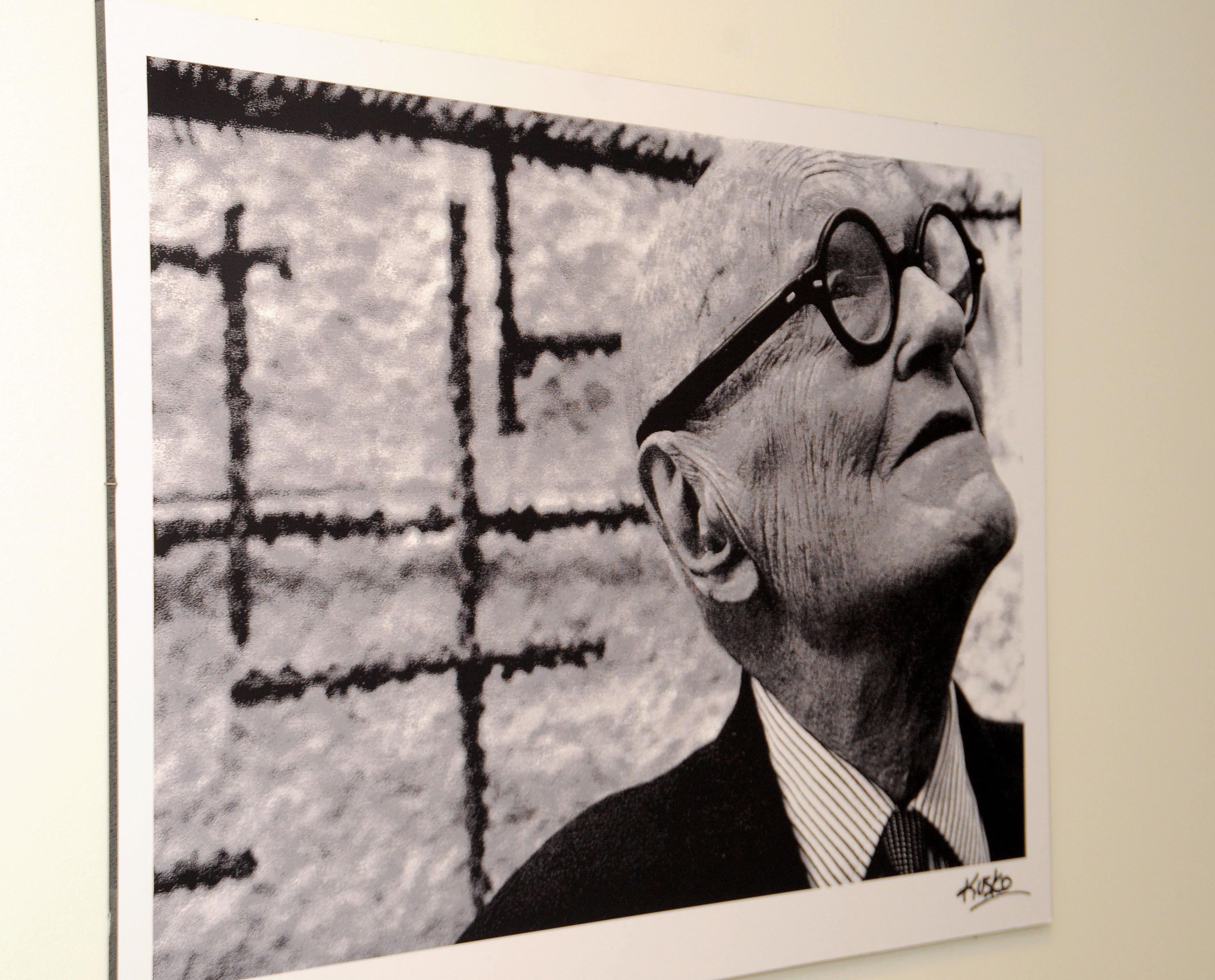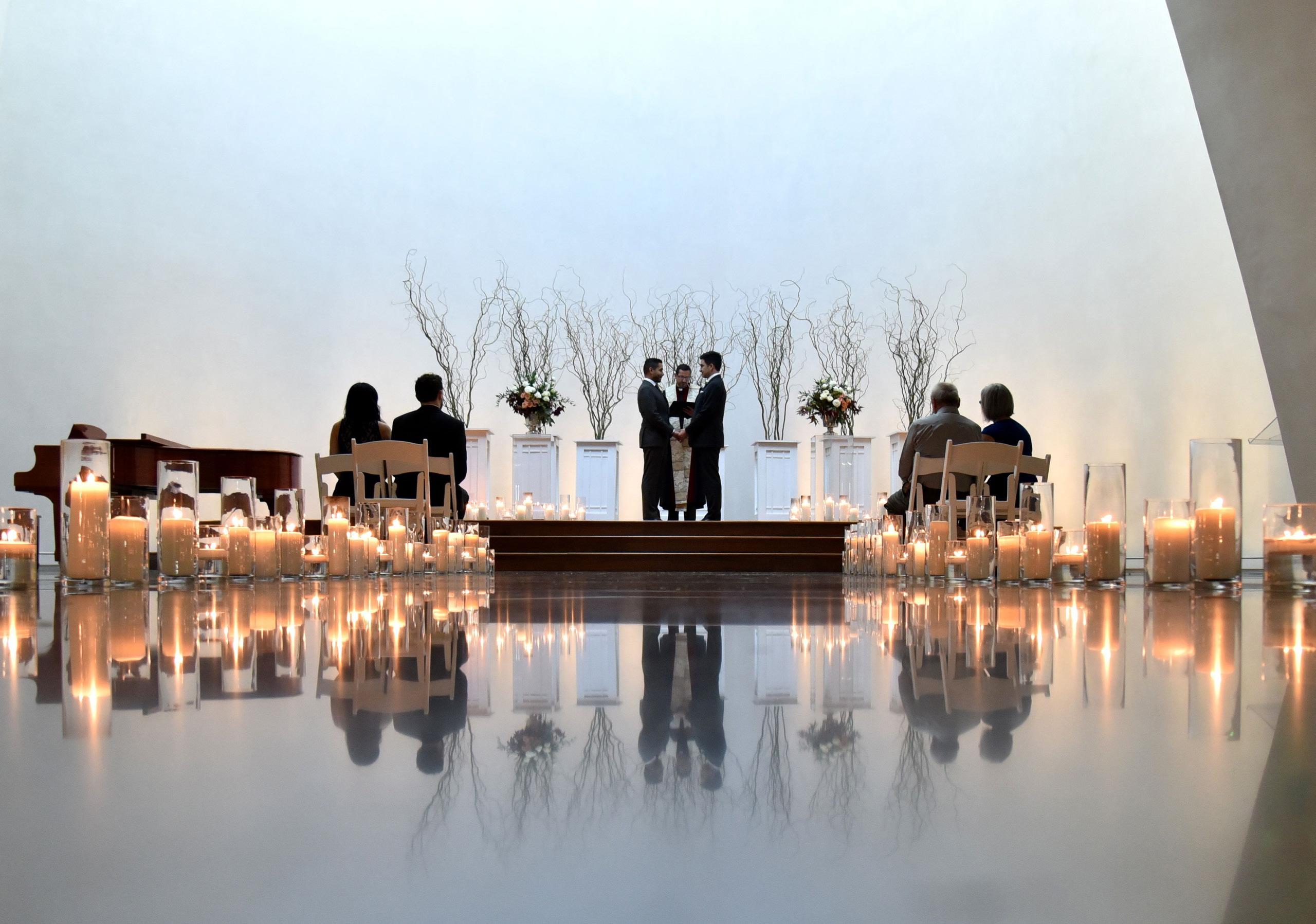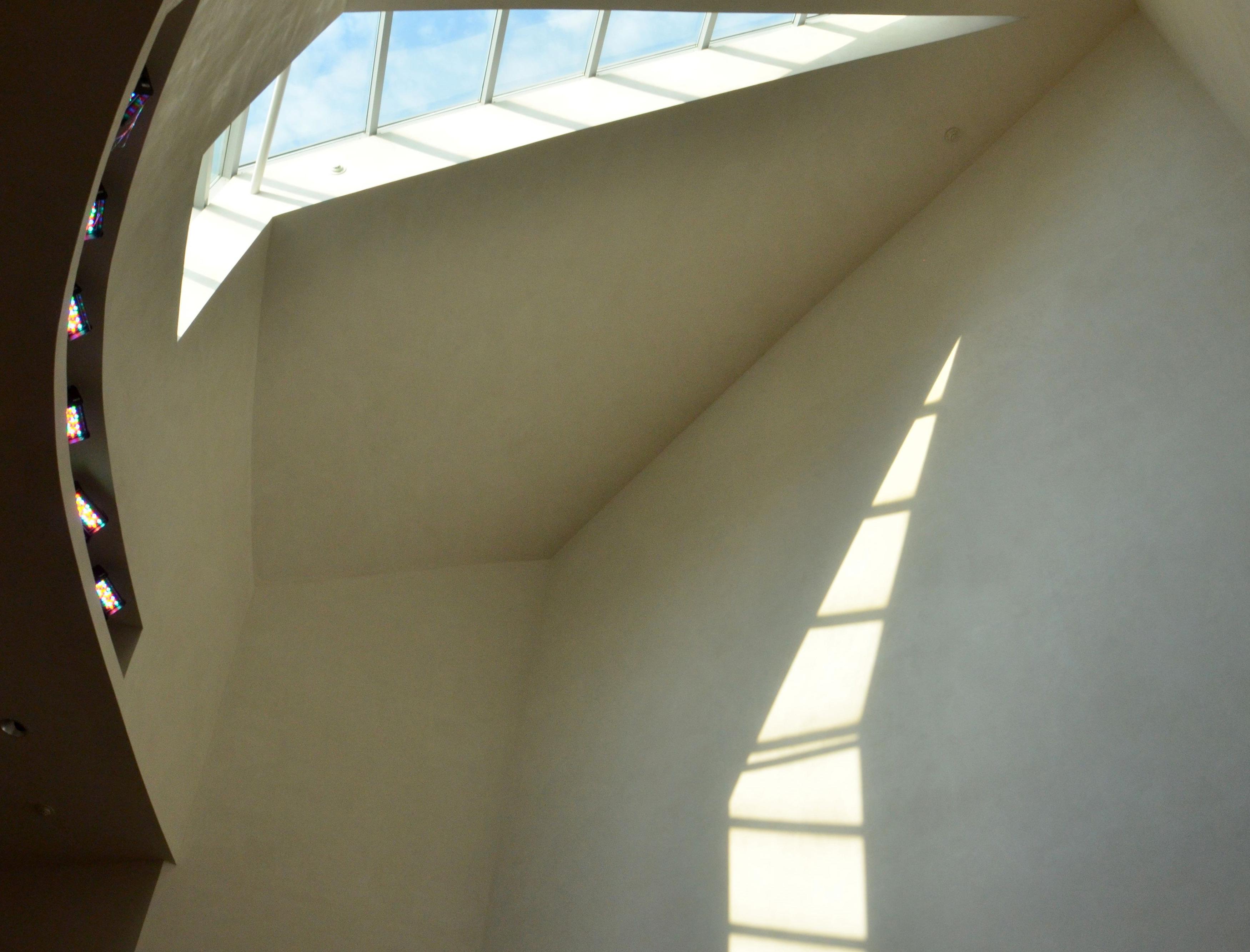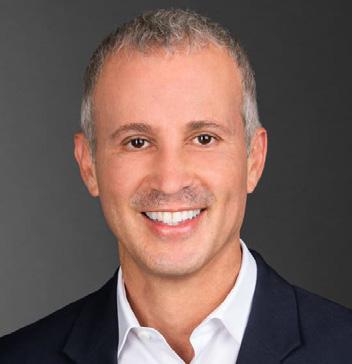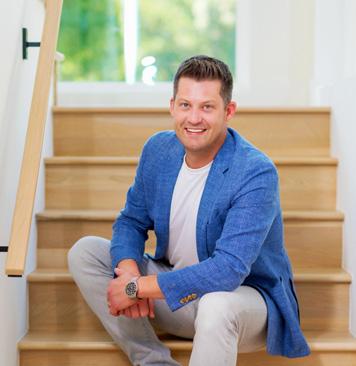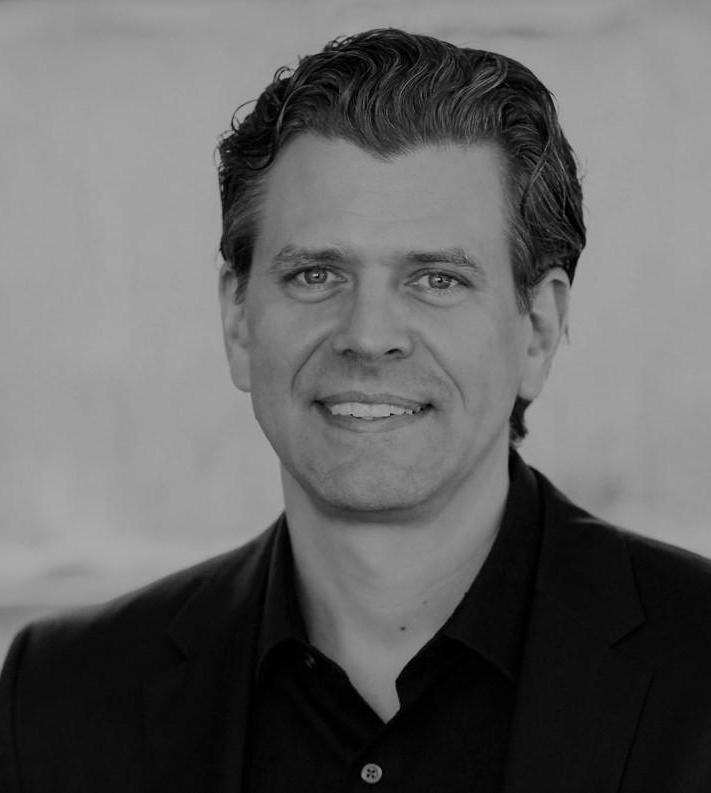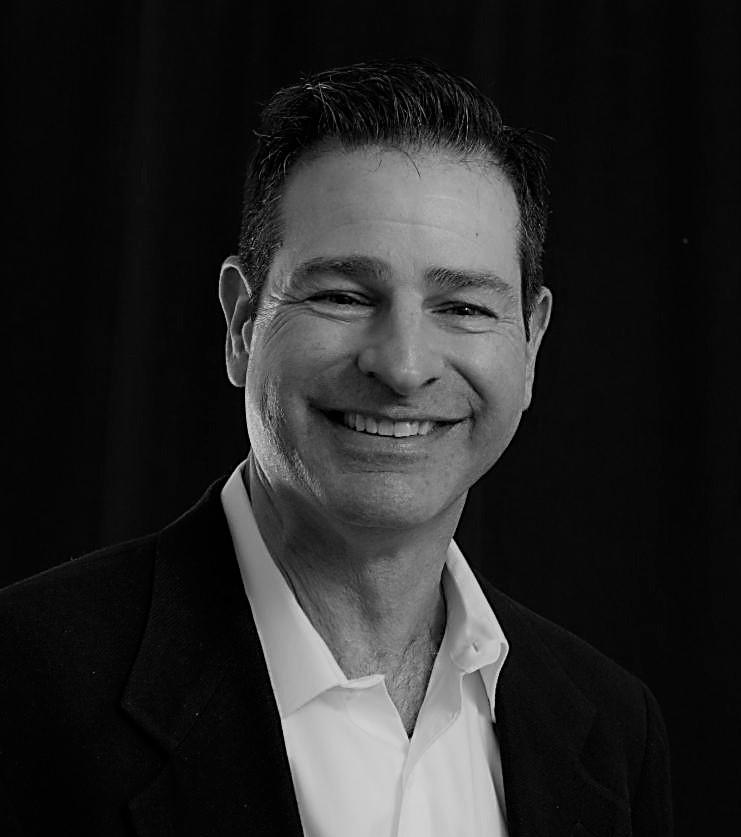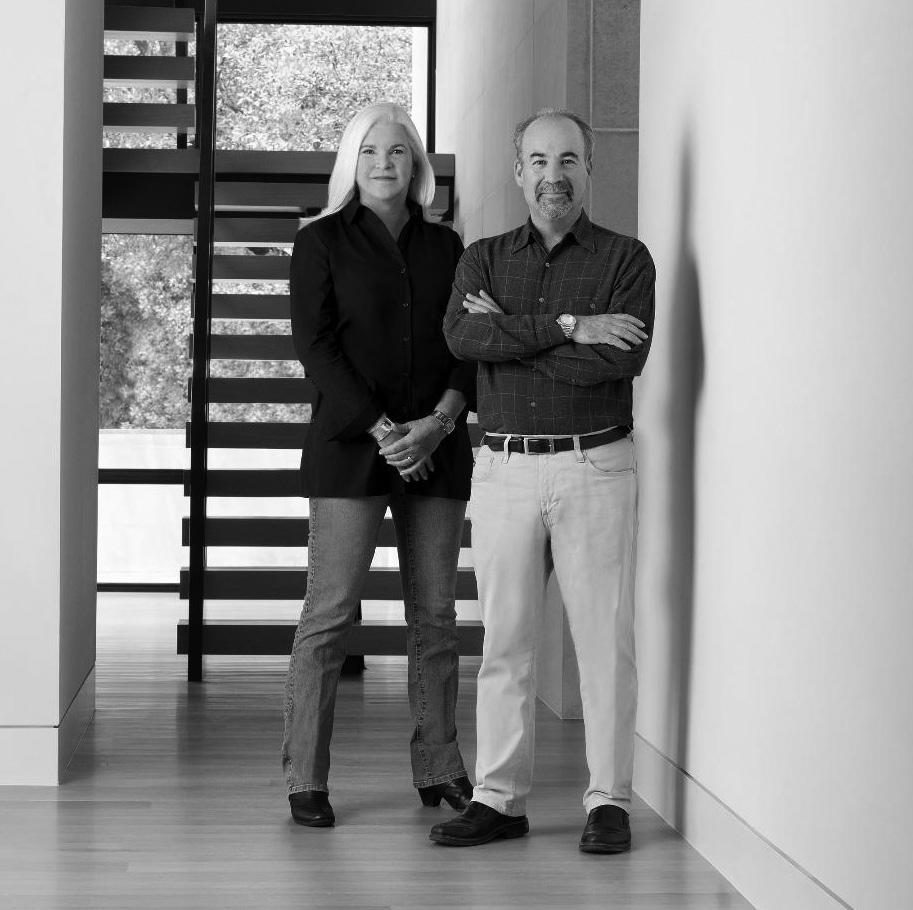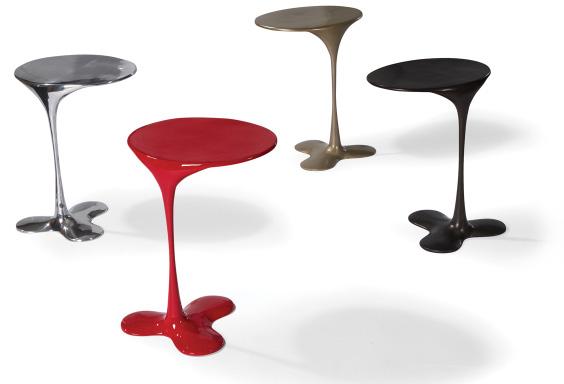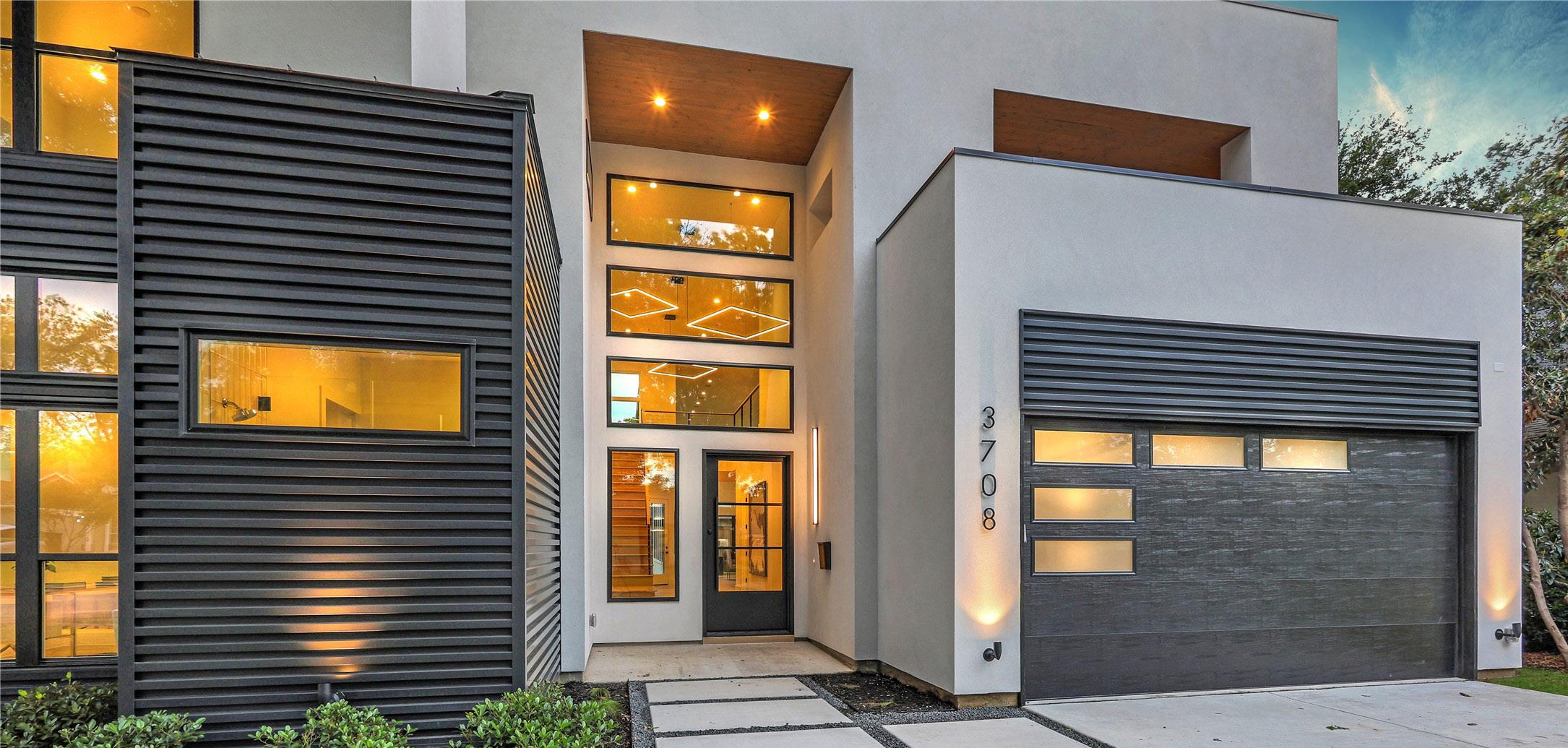// ron wommack, faia
|
photo: charles davis smith-photographer.
the spirit remains the architectural and cultural heritage of Ron Wommack
by J. Claiborne Bowdon
// ron wommack, faia
| photo: charles davis smith-photographer.
“Most modernism is off-putting, but (Ron’s) modernism is warm. It’s like a handshake.” Max Levy would certainly know on both accounts. He was a former colleague and, more importantly, a friend of forty years to Ron Wommack, the celebrated Dallas architect who passed suddenly just a little less than a month ago. Like many members
of Dallas’ great architectural community Max and Ron’s paths crossed in the halls of the heralded Oglesby Group architecture firm. “The Oglesby Group was a great finishing school for architects. There were a lot of interesting characters there and everybody was pretty intense and dedicated to the art of architecture and Ron certainly fit
// ron wommack, faia
|
photo: aia dallas
// ron wommack, faia
|
photo: charles davis smith-photographer.
the team. He was perfect. He was so spirited. We just got along immediately.”
However, the tie that truly bound them went beyond a shared vocation. “I think Ron and I, and many of our colleagues, don’t think of architecture as something separate from all of life. We just think of architecture as being about everything, and life is just braided into architecture; when you come upon a person that shares that belief the conversational floodgates just open. You can talk about
anything in life, and it has to do with architecture. Ron was a sympathetic soul in that department.”
“Braided” is an all too apt description of Ron’s buildings. They are, of course, a part of the world, but there’s a refreshing lightness to them that sets them apart like they could lift up and float away. They’re delicate, with a weightless balance of forms that are almost like the wrapping paper of a present that follows the shape of what’s inside waiting and eager to delight. The way his buildings
Enjoy a Timeless Contemporary Second Home
// ron wommack, faia | photo: charles davis smith-photographer.
play with the open air is just remarkable. The screens he frequently employs that are perched over roofs or acting as awnings seem to hang in the air, and are always mirrored by passive slats outlining a balcony or creating a gate to draw them into the embrace of the whole structure. It’s thoughtful, elegant, and inviting.
When I shared this feeling with Max he responded that “You probably see Ron’s personality coming through, and by that I mean he really cared about people. He loved people. I think so much architecture that has artistic aspirations is just focused too much on architecture. Whereas Ron was interested in people and the delight of proportions and natural light and just how people live…he
didn’t just want to create a perfect aesthetic still life. He wanted his buildings to be that, but also to be friendly to the people that were in those still lifes.”
Many have highlighted the townhomes in Oak Lawn that Ron worked on in the nineties in their celebrations of him.
You can certainly see why in the context of Ron’s affinity
for the act of life and people, but beyond that they were, and remain, incredibly distinctive. With so much modern and contemporary architecture going up all over Dallas these days it’s easy to forget just how rare and revolutionary the sight of it was, but Ron didn’t stop at a simple exterior overhaul with the project. Rather than relying on paint or cladding or other aesthetic signifiers Ron took
// ron wommack, faia | photo: charles davis smith-photographer.
// ron wommack, faia | photo: charles davis smith-photographer.
a rundown collection of apartments and reworked the insides as well to create spaces with more light, more intuitive layouts, and a generous feel.
Understandably, when we go about the celebration of the life of an artist we tend to celebrate the work, but time and time again, and certainly in talking with Max, you see
people celebrate Ron himself and his presence in their remembrances of him. “Whenever you ran into Ron you were always just so glad to see Ron. He was just such a warm guy, so that filters through his work.” You can get a sense of that if you listen to the interview he did on The Modernist podcast. He describes himself as being perfectly suited to modernism having come from West
photo: charles davis smith-photographer.
Texas in the 1950s where there wasn’t too much ingrained culture or history to get in the way of anything else. It’s that humble dimension, as if he hardly had a hand in the making of his work but acted instead as a tabula rasa conduit for pure expression, that made him such an engaging figure.
Max marveled at Ron’s ability to seemingly be at every event that had anything to do with architecture, but especially to remain buoyant in the face of adversity and apathy. “His talent was way out of balance with the number of commissions that did come his way. I think the more idealistic you are as an architect the more difficult
// ron wommack, faia | photo: charles davis smith-photographer.
your path is. The way Ron overcame disappointment is by cultivating all these many inspirations. His antidote was to cultivate inspiration, and he did it so thoroughly that it just spilled out and we all got to share it….For him to remain upbeat and to exude this kind of enthusiasm not only lifted him up but lifted everyone up around him.”
Despite his idealism and continuous study Ron didn’t leave any great treatise behind on architecture. It stands to reason. Writing is a solitary practice that takes you away from the world. Ron’s engaging nature made him all too present in the world to step away. Why set one’s self apart to try to spread ideas when you can simply be there with the person?
// ron wommack, faia | photo: charles davis smith-photographer.
After all, the buildings can speak for themselves. As Max put it, “It’s that spiritual dimension that remains eternal. Our performances, or our buildings, or our writings may go by the wayside, but the spirit remains.” Ron’s buildings will continue to inspire everyone that looks at them for as long as they stand, but hopefully his legacy will continue on and be felt at the human level. With every enthusiastic greeting between colleagues, the excited exchange of ideas, and a warm handshake.
Please join the family of Ron Wommack for his Celebration of Life service on August 10th at 11 a.m. Northwest Bible Church, 8505 Douglas Ave., Dallas 75225.
// ronwommack.com
// ron wommack, faia
|
photo: charles davis smith-photographer.
conduit gallery @40
// janet chaffee, (chosen by billy hassell), involute, 2022, drawing and mixed media, 42x42”
by Todd Camplin
Conduit Gallery celebrates their fortieth anniversary exhibition. I discovered a party atmosphere with a flood of guests, loud music, and unfamiliar art on the walls. The stable artists of the gallery acted as curators for the show. Gallery artists picked twenty-seven guest artists to represent Conduit Gallery’s commitment to risk-taking and exploration of ideas.
Nancy Whitenack opened an exhibition space in Deep Ellum in 1984. The Starck Club opened across town at the same time, and the Theater Gallery brought the punk scene. D’Art, now the Dallas Contemporary, was nearby on Swiss Avenue. Her warehouse space had several artists’ studios near the gallery. So, the scene was ready for a radical commercial art gallery. When the area got
// tudor mitroi, (chosen by vincent falsetta) green earth journal 2018, egg tempera emulsion with mineral pigments on paper, 49.5x43.25”
a little too lawless, Nancy took a risk to move the gallery to a second floor location In Deep Ellum on Main Street. The space provided a small project room where she could invite artists to experiment and finally, in 2001, Nancy moved to her current address on Hi-Line in the
design district. She kept the project space and opened the door for other galleries to follow her into the area.
I first walked up to a work by Tudor Mitroi. I was not surprised Vincent Falsetta chose such a conceptualy
// kathy boortz, (chosen by susie phillips), colorful pair, 2021, found wood, clay, steel & screws, 22x21x6” courtesy of valley house gallery
based artist with an elaborate process. Mitroi makes his egg tempera and mineral pigments. This work on paper looks like a collaboration between a mathematician and a choreographer. Titled “Green Earth Journal,” Mitrol weaves in thoughtful marks with engaging imagery of subtle numbers and thin-line graphics. His work makes me want to visit his art studio because the conversation would be enlightening and memorable.
Ben Dallas, chosen by Ted Larsen, has created an unassuming object that grabbed my attention. Dallas’ art
piece has a cracked white surface surrounded by a black border. I thought the object was cracked oil paint, but Dallas created the effect through acrylic media. The object resembles a reverse image of Connecticut. Dallas hits us with the timely title “Two Evils Competing To Demonstrate Morality.” For such a tiny art piece, it packs a nice punch.
Billy Hassell picked Janet Chaffee’s work titled “Involute.” Both artists have a unique approach to depicting the natural world. Hassell uses bright colors and references
// ben dallas, (chosen by ted larsen), two evils competing to demonstrate morality, 2024, acrylic media, canvas & wood, 6x7.75x 75”
by
the naive artists’ approach. Chaffee follows the path of abstraction. She focuses on the details of life and the natural world. This piece shows the unseen motion of wind around a plant silhouette.
Jacob Hashimoto’s woodblock prints had me returning to each one for further inspection. Picked by Susan Bar-
nett, I could see a similar interest in patterns from both artists. Hashimoto is known for installation art. These pieces were a colorful collection of patterns canceled out with an “X.”
Byrd Williams had twelve large black and white photographs in the project room. Photographer Byrd Williams
picked by Baker for the show. Each portrait had intense expressions. You felt the pressure in the room from all those striking portraits. I like the crisp details and the powerful contrast Williams achieves in his photos.
With twenty-seven artists in the show, highlighting everyone is impossible. However, I can’t forget Kenneth Hochberg’s straight-up paintings of objects. C. Meng selected Hochberg. His green tea bag painting shows the bag casting multiple shadows. A contemporary condition of viewing objects in a room will include multiple light sources. Chosen by Susie Phillips, Kathy Boortz’s charming birds and twig sculptures were endearing. I especially enjoyed the exposed screw that held the work to the wall. The noticeable installation method helped to insist on the artificiality of the natural scene.
I have been visiting Conduit gallery since 2003. The gallery program has a tradition of balancing commercial aims while embracing wild ventures of installation and film. Innovative in vision, owner Nancy Whitenack and director Danette Torres Dufilho have made the gallery a must-visit for art lovers and a go-to place for collectors. I look forward to many more celebrations with the gallery.
Engage Educate Experience Enjoy
The Dallas Architecture Forum is for everyone who wants to experience inspired design. The Forum presents an award-winning Lecture Series that brings outstanding architects,interior designers, landscape architects and urban planners from around the world, as well as Symposia, Receptions at architecturally significant residences, and Panel Discussions on issues impacting North Texas.
haberman
Phillip Johnson’s Interfaith Peace Chapel on the campus of the Cathedral of Hope in Dallas was the final work of the legendary modern architect. The design started as a part of a new great cathedral Johnson designed for the church in 1995-1996.
At the time, his intent was a “building built of simple and common materials, which I understand God is rather fond of”. Yet the graceful simplicity of the design doesn’t
reflect the complex engineering required to bring the structure from the drawing board to reality. Technology to create the steel infrastructure was not even available until almost ten years after it was originally designed.
Construction was supervised by Cunningham Architects of Dallas working with Johnson’s former business partner Alan Ritchie. The construction required creating a steel frame in which every piece was completely different yet
// all photos credit: 2nd2nunn photography
had to fit together perfectly to create the unique sculptural feeling of the building.
The chapel was finally dedicated in 2010, five years after Johnson’s death and has been acclaimed as an architectural masterpiece.
The building still stands as an icon of modern design. Its
curving walls and ceilings can feel disorienting at first, but they bring a flow and rhythm to the building that is still gives visitors the feeling of a sacred space, something Johnson was intending.
“When you work for God, you have to elevate your sights. There’s only one client that can give you that feeling.”
// all photos credit: 2nd2nunn photography
Since its dedication, the chapel has housed worshiping congregations of many faiths. Its mission is “to welcomes seekers of peace who claim no faith and stands as a symbol of the common goal of us all.” It has served as the site of special events and community forums as well as being available for weddings and other gatherings. With a seating capacity of 175 it is ideal for smaller events and the lobby of the chapel can be used as a
pre-function area for meetings or receptions. Additional meeting rooms in the basement level of the building can hold smaller gatherings and break-outs for conferences. Recently, the entry plaza was completed which ties the chapel to the main sanctuary of the cathedral and the large John Thomas Memorial Bell Wall, also designed by Philip Johnson.
The chapel has also weathered two attacks of vandalism, the last in 2017 when anti-LGBT graffiti was spray painted on the exterior. As the world’s largest LGBTQ congregation, Cathedral of Hope is no stranger to hate groups and attacks, but the church long ago made the decision to be visible and proud.
The Peace Chapel, a world class modern building is just
one more expression of that visibility. I have a personal attachment to the building as well. I was privileged to meet Mr. Johnson in 1995 when the project was first announced. I attended a cocktail party held by Rev. Michael Piazza, then senior pastor of the church. Phillip was unmistakable in his round rim glasses, appearing a but frail, but enthusiastic. His appearance was intended help boost excitement for the project and to help raise
// all photos credit: 2nd2nunn photography
funds. I fondly remember one of the statements he made that evening and would repeat in interviews later.
“I’m the world’s luckiest man, I’m getting to do, at last what I’ve dream’t of all my life, design a cathedral. This is a building I’ve waited all my life to build. It will be my memorial.”
Though the Great Cathedral remains unbuilt, the chapel
became a reality. It stands as a memorial to Johnson’s creativity and to the goal of creating a sacred space in which all people may experience personal peace. The Peace Chapel, though ten years old, still feels fresh and cutting-edge and will continue to inspire visitors for many years to come.
// interfaith peace chapel
// all photos credit: 2nd2nunn photography
ARCHITECTURE
ARCHITECTURE:
listen to the podcasts
Ron Stemarski Perkins&Will
Bruce Bernbaum + Patricia Magadini Bernbaum/Magadini Architects
ENTREPRENEUR
John Sayah
